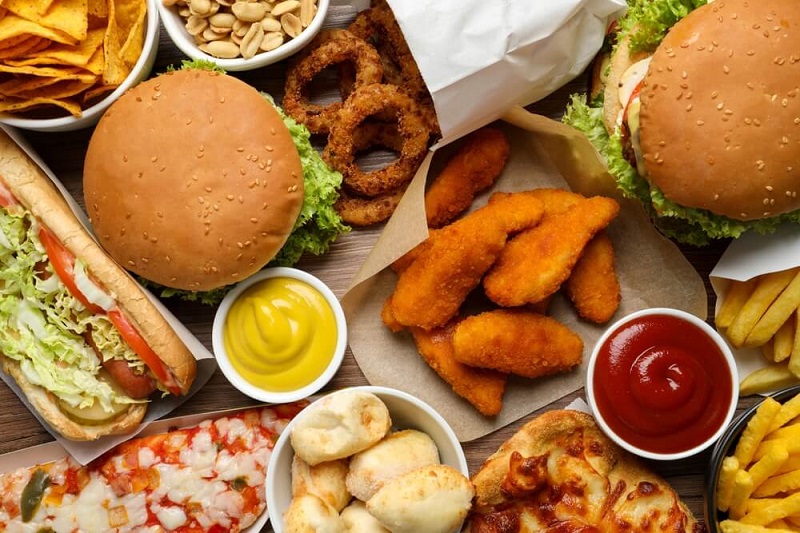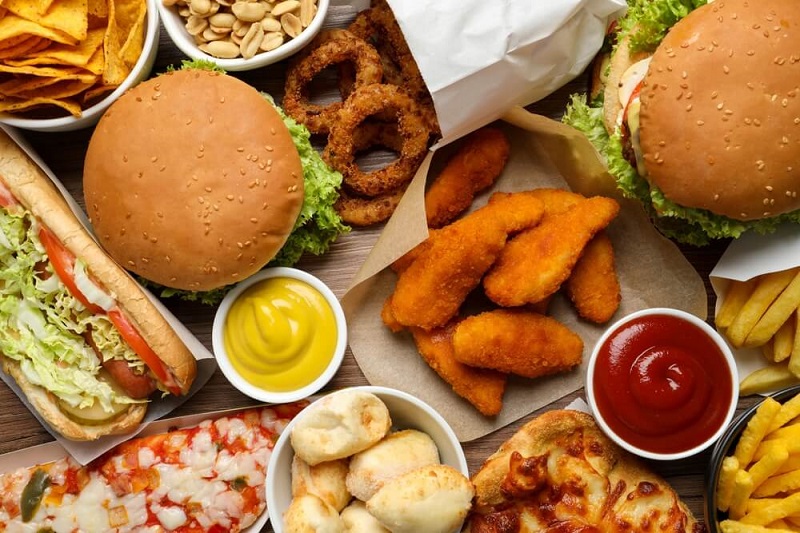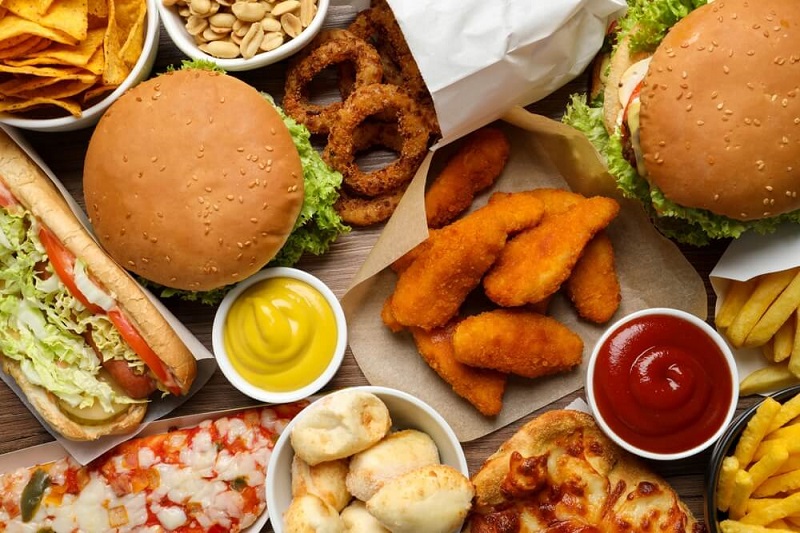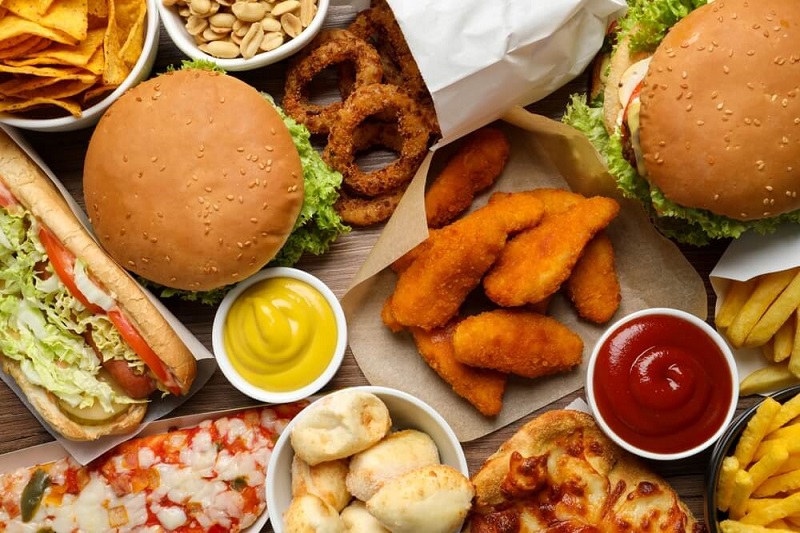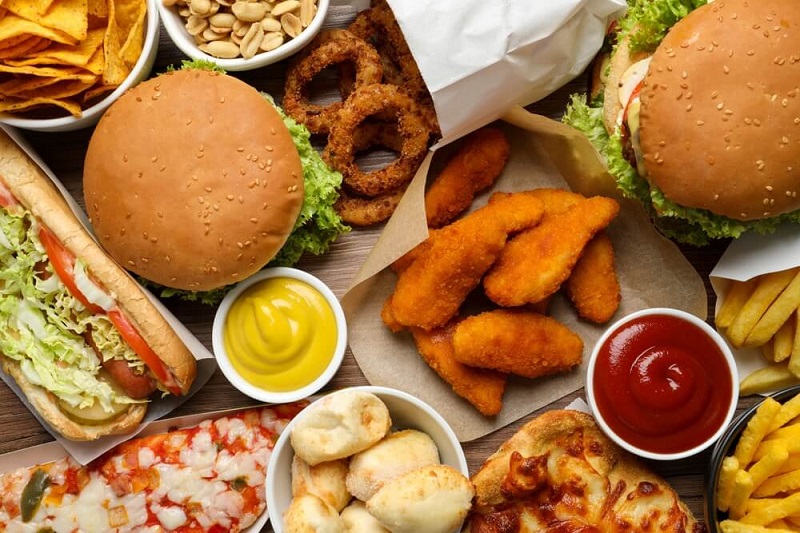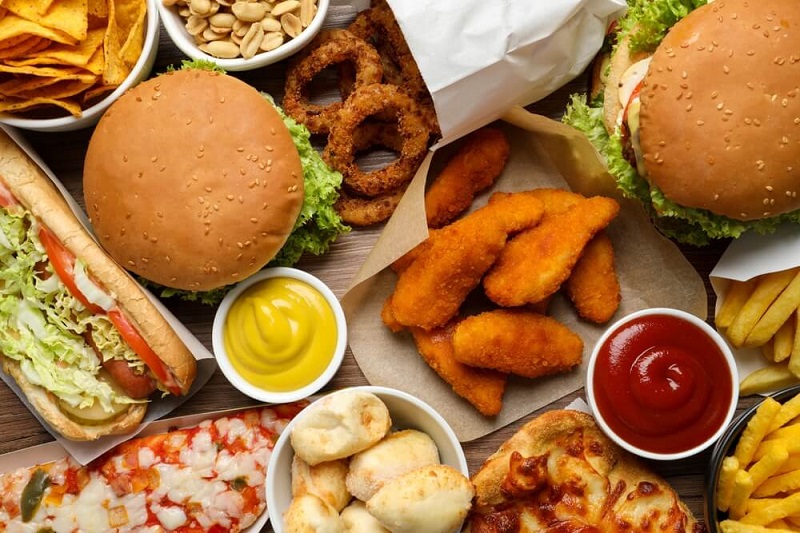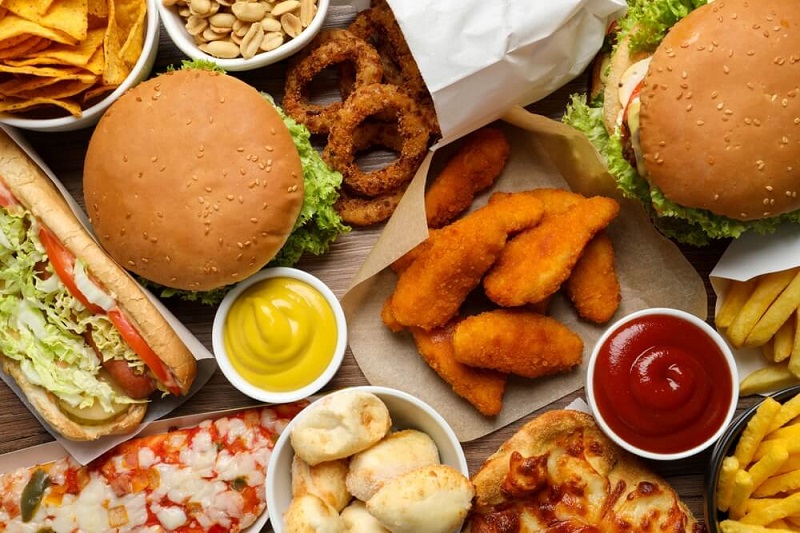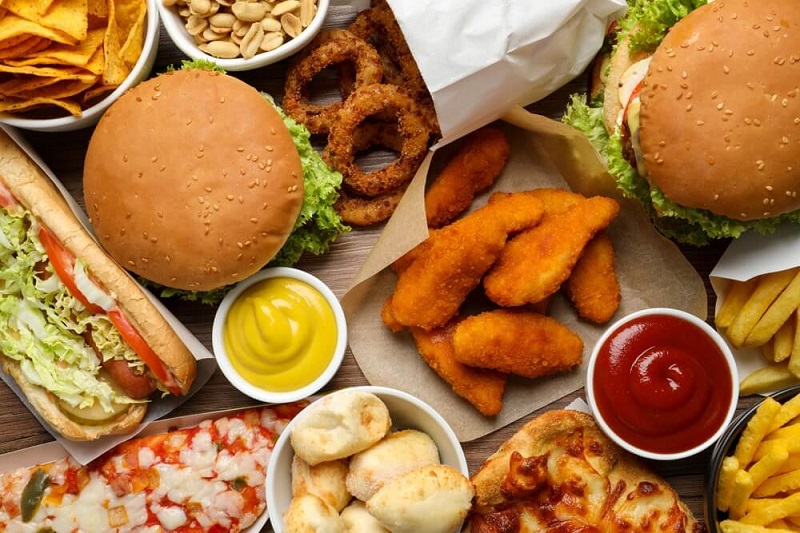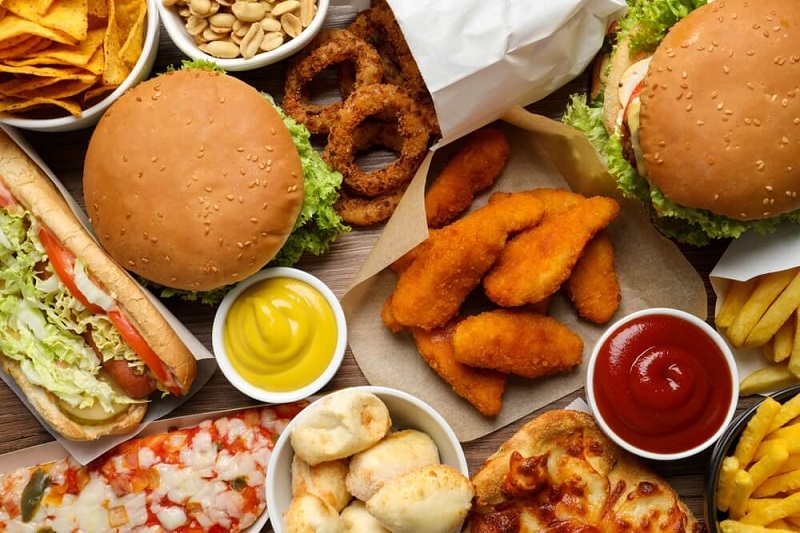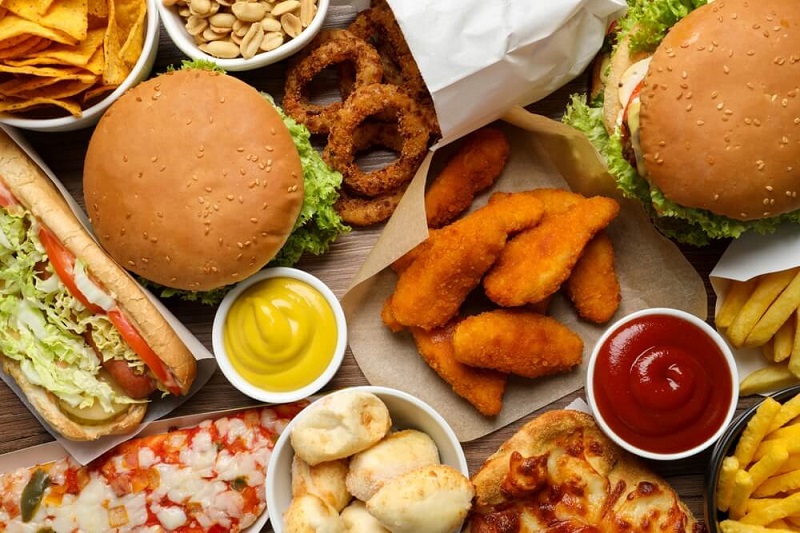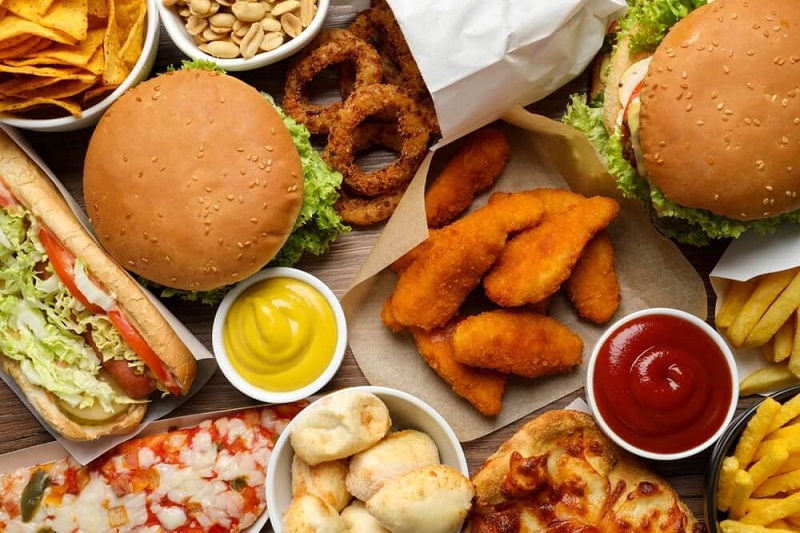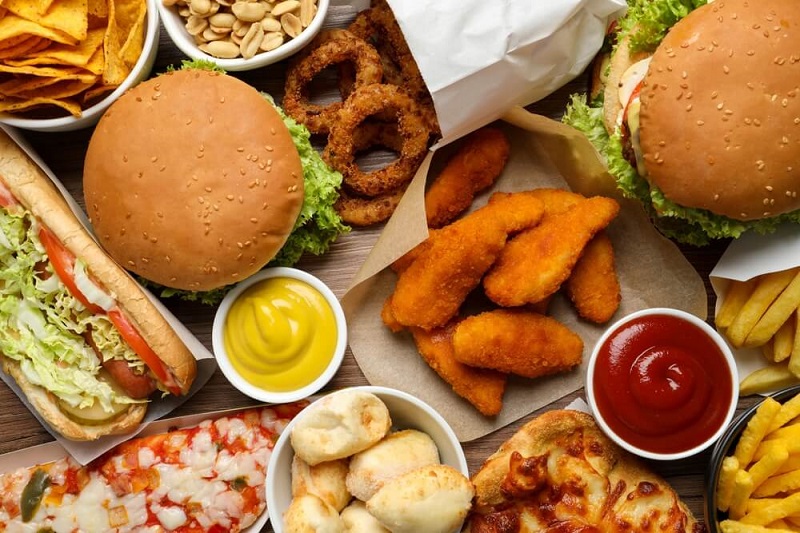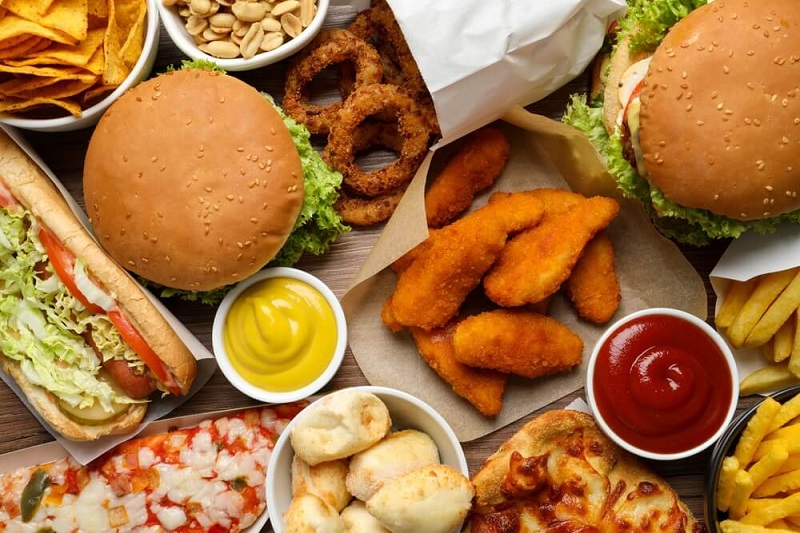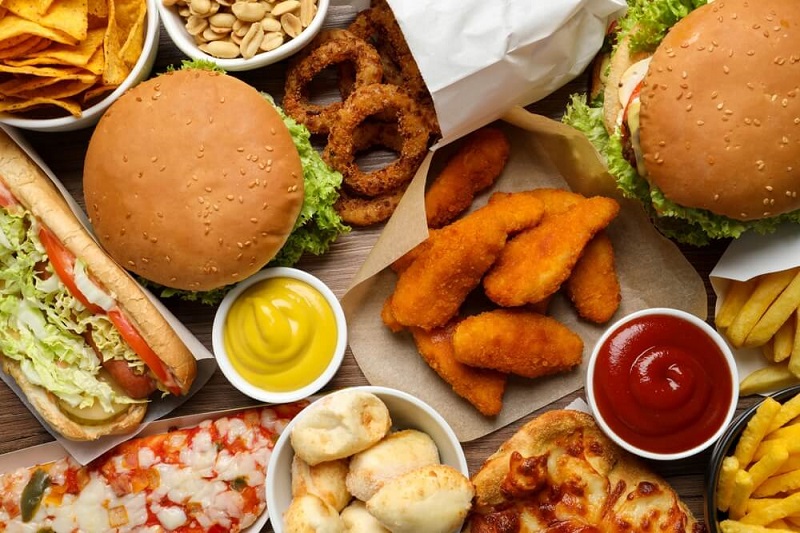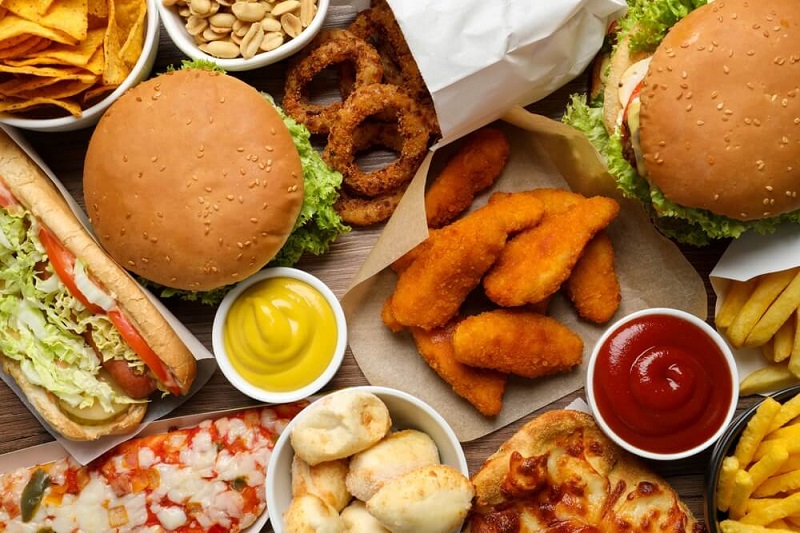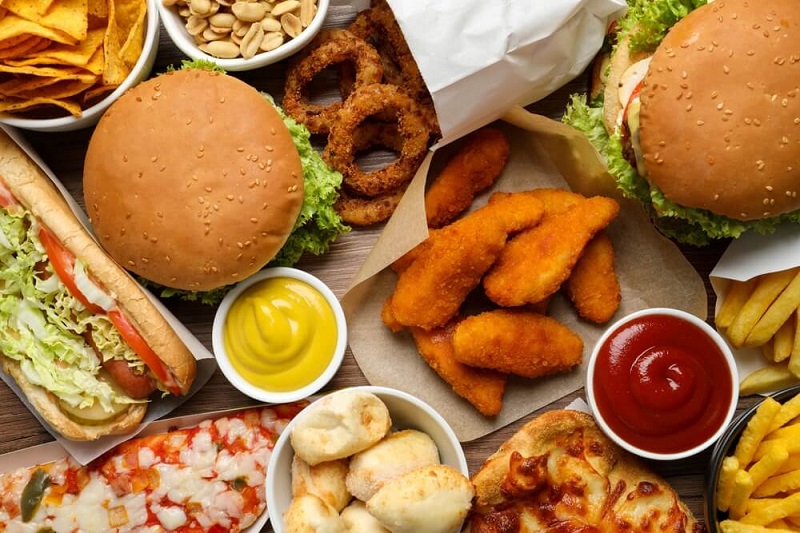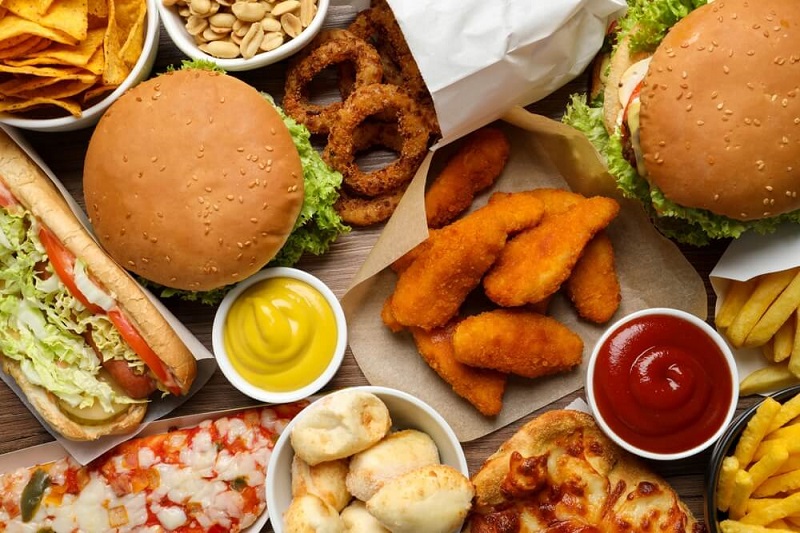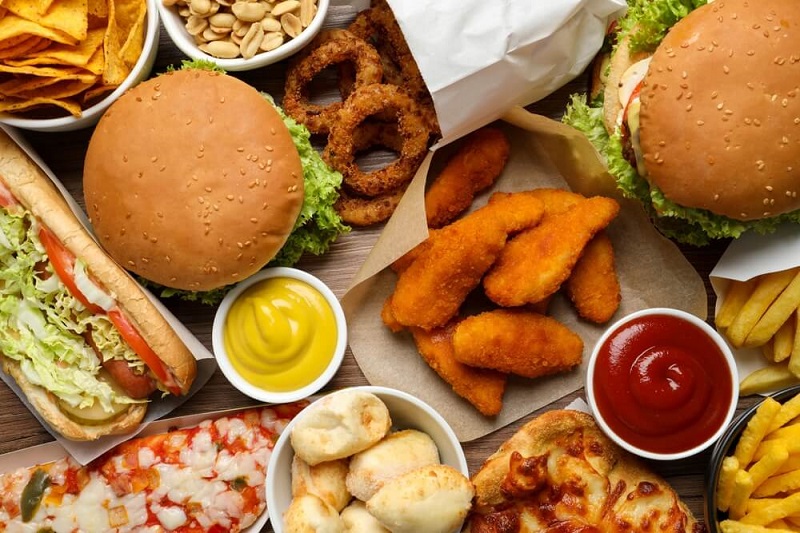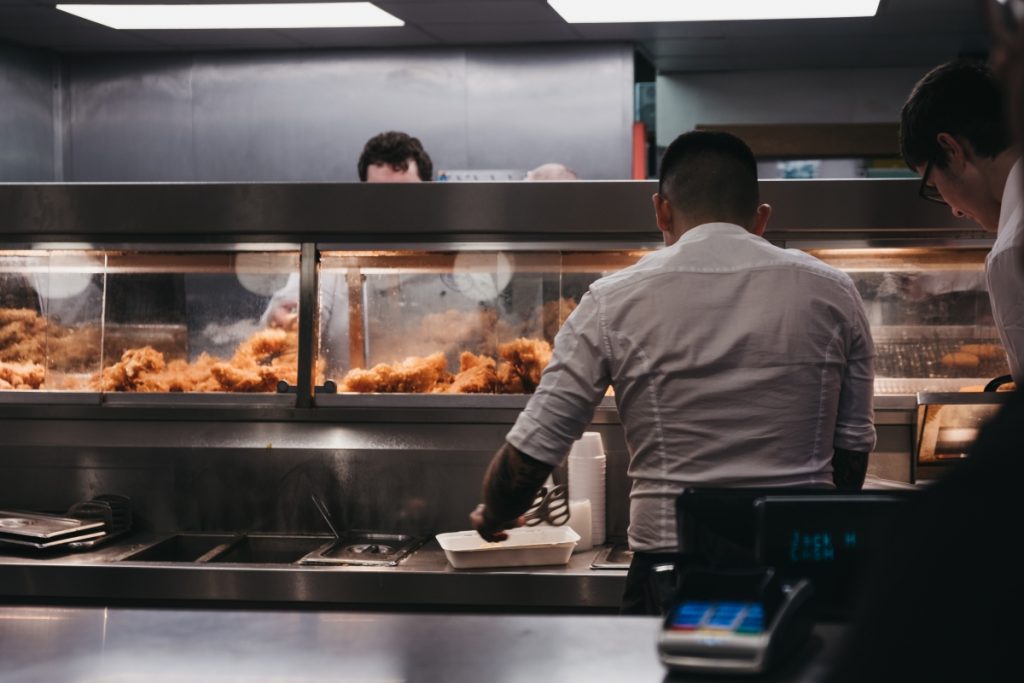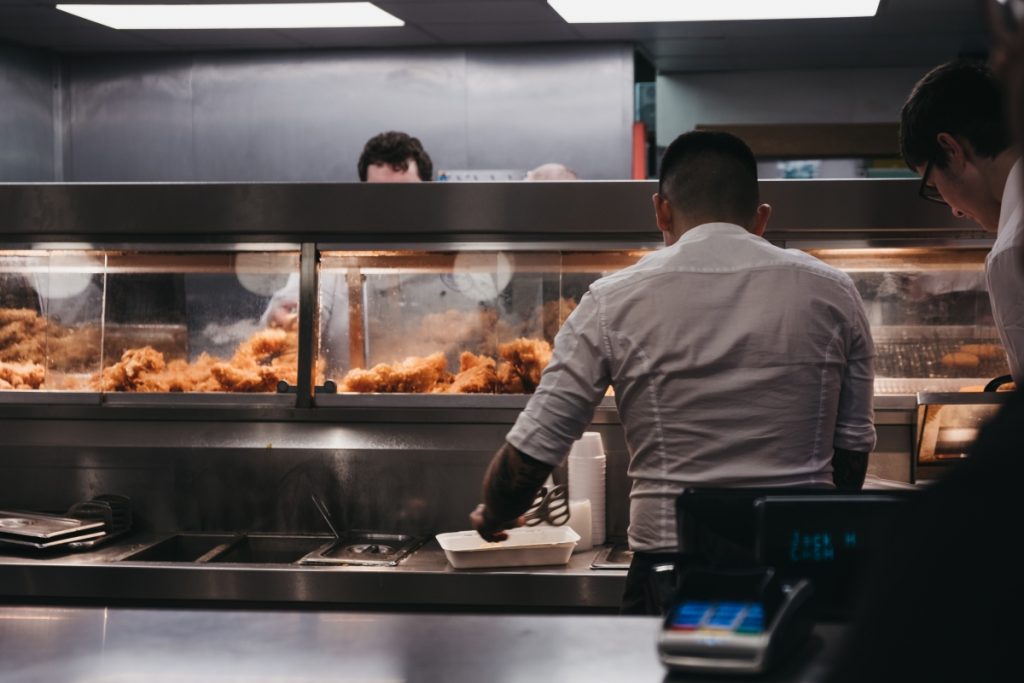Fast Food Business Interruption Insurance: When Service Must Stop
In the fast-paced world of quick service restaurants, every minute of downtime translates to lost revenue. When unexpected events force your fast food establishment to temporarily cease operations, business interruption insurance becomes your financial lifeline.
Understanding Fast Food Business Interruption Insurance
Business interruption insurance, also known as business income insurance, provides crucial financial protection when your fast food restaurant cannot operate normally due to covered perils. Unlike property insurance that covers physical damage to your premises and equipment, business interruption insurance compensates for the income you lose during the period of restoration.
For fast food establishments, this coverage is particularly vital given the industry's reliance on consistent daily operations, high customer turnover, and tight profit margins. When your restaurant doors must close unexpectedly, this insurance helps bridge the gap between your ongoing expenses and lost revenue.
Key Components of Coverage
- Lost Revenue: Compensation for income that would have been earned during the closure period
- Continuing Expenses: Coverage for ongoing costs like rent, utilities, and payroll
- Extra Expenses: Additional costs incurred to minimize business interruption
- Extended Business Income: Coverage for reduced earnings after reopening
Common Scenarios Requiring Business Interruption Coverage
Equipment Failures and Kitchen Breakdowns
Fast food operations depend heavily on specialized equipment including fryers, grills, refrigeration units, and point-of-sale systems. When critical equipment fails, it can bring operations to a complete halt. Consider these scenarios:
- Fryer malfunction during peak lunch hours, preventing the preparation of signature items
- Refrigeration system failure compromising food safety and forcing temporary closure
- Point-of-sale system crashes preventing order processing and payment acceptance
- Ventilation system breakdowns creating unsafe working conditions
Supply Chain Disruptions
Fast food restaurants operate on just-in-time inventory systems, making them vulnerable to supply chain interruptions. Business interruption insurance can provide coverage when:
- Key suppliers experience fires, floods, or other disasters affecting deliveries
- Transportation strikes prevent ingredient deliveries
- Contamination issues force suppliers to halt production
- Extreme weather conditions disrupt supply routes
Property Damage and Natural Disasters
Physical damage to your restaurant premises can force extended closures. Common scenarios include:
- Fire damage requiring extensive kitchen reconstruction
- Flood damage affecting electrical systems and equipment
- Storm damage compromising structural integrity
- Vandalism or break-ins requiring security upgrades and repairs
Utility Outages
Fast food operations require consistent utility services. Extended outages can force closures when:
- Power outages prevent equipment operation and food preparation
- Gas supply interruptions affect cooking capabilities
- Water service disruptions compromise food safety and sanitation
- Internet connectivity issues prevent order processing and payment systems
Calculating Business Interruption Losses
Revenue Assessment Methods
Determining the appropriate coverage amount requires careful analysis of your restaurant's financial performance. Insurance providers typically use several methods:
Historical Revenue Analysis
This method examines your restaurant's revenue patterns over the previous 12-24 months, accounting for seasonal variations and growth trends. For fast food establishments, this includes:
- Daily sales averages by day of the week
- Seasonal fluctuations (summer increases, holiday patterns)
- Growth trajectories and expansion impacts
- Special promotions and their revenue effects
Projected Revenue Method
For newer establishments or those experiencing significant growth, projected revenue calculations may be more appropriate. This considers:
- Business plans and financial projections
- Market analysis and competitive positioning
- Planned expansions or menu additions
- Marketing campaigns and their expected impact
Expense Categorization
Understanding which expenses continue during closure is crucial for accurate coverage:
Continuing Expenses
- Rent and mortgage payments
- Insurance premiums
- Loan payments and interest
- Key employee salaries
- Utilities (minimum charges)
- Security services
Non-Continuing Expenses
- Food and beverage costs
- Hourly employee wages
- Delivery and packaging supplies
- Variable utility costs
- Credit card processing fees
Industry-Specific Considerations
Peak Hour Dependencies
Fast food restaurants experience distinct peak periods that generate disproportionate revenue. Business interruption during these times can be particularly costly:
- Breakfast Rush: 6:30-9:00 AM typically generates 25-30% of daily revenue
- Lunch Peak: 11:30 AM-1:30 PM often represents 35-40% of daily sales
- Dinner Period: 5:00-8:00 PM contributes 20-25% of daily income
- Weekend Variations: Different peak patterns requiring separate analysis
Franchise Considerations
Franchised fast food operations face unique challenges during business interruptions:
- Ongoing franchise fees and royalty payments
- Marketing fund contributions
- Compliance with corporate standards during restoration
- Coordination with franchisor insurance requirements
Multi-Location Operations
Restaurant groups operating multiple locations need specialized coverage addressing:
- Interdependent operations and shared resources
- Central kitchen or commissary dependencies
- Shared management and administrative costs
- Brand reputation impacts across locations
Coverage Enhancements and Extensions
Contingent Business Interruption
This coverage protects against losses when key suppliers, customers, or service providers experience interruptions. For fast food restaurants, this includes:
- Primary food suppliers experiencing production issues
- Delivery service disruptions affecting online orders
- Shopping center or mall closures affecting foot traffic
- Nearby anchor businesses closing and reducing customer flow
Civil Authority Coverage
When government orders force closure or restrict access, this coverage provides protection for:
- Health department closures due to contamination concerns
- Emergency evacuations affecting the surrounding area
- Construction projects blocking customer access
- Public safety incidents requiring area restrictions
Ingress/Egress Coverage
This extension covers losses when customers cannot reach your restaurant due to:
- Road closures or construction blocking access
- Parking lot damage preventing customer access
- Neighboring property damage affecting accessibility
- Public transportation disruptions in urban locations
Extra Expense Coverage
This coverage helps minimize business interruption by paying for additional costs such as:
- Temporary kitchen rental and setup costs
- Expedited equipment delivery and installation
- Overtime labor for accelerated restoration
- Temporary location rental and setup
Claims Process and Documentation
Immediate Response Steps
When a business interruption occurs, quick action is essential:
- Ensure Safety: Prioritize employee and customer safety
- Document Everything: Photograph damage and maintain detailed records
- Notify Insurers: Report the claim immediately to all relevant insurance providers
- Mitigate Losses: Take reasonable steps to minimize business interruption
- Preserve Evidence: Maintain damaged equipment and materials for inspection
Essential Documentation
Successful claims require comprehensive documentation:
Financial Records
- Daily sales reports for the previous 24 months
- Profit and loss statements
- Tax returns and financial statements
- Payroll records and employee schedules
- Supplier invoices and payment records
Operational Documentation
- Equipment maintenance records
- Supplier contracts and delivery schedules
- Employee training records
- Health department permits and inspections
- Franchise agreements and operational manuals
Working with Adjusters
Insurance adjusters will evaluate your claim based on:
- Verification of covered perils and policy compliance
- Assessment of actual business interruption period
- Review of financial records and revenue calculations
- Evaluation of mitigation efforts and extra expenses
- Determination of appropriate settlement amounts
Risk Management and Prevention
Equipment Maintenance Programs
Proactive maintenance reduces the likelihood of equipment failures:
- Regular cleaning and calibration of cooking equipment
- Preventive maintenance schedules for HVAC systems
- Backup systems for critical equipment
- Staff training on proper equipment operation
Supply Chain Diversification
Reducing dependency on single suppliers minimizes interruption risks:
- Multiple supplier relationships for key ingredients
- Local sourcing options for emergency situations
- Inventory management balancing cost and availability
- Supplier financial stability monitoring
Emergency Response Planning
Comprehensive emergency plans minimize interruption duration:
- Staff communication protocols during emergencies
- Equipment shutdown and restart procedures
- Alternative service options (delivery, takeout only)
- Customer communication strategies
Policy Selection and Coverage Limits
Determining Appropriate Coverage Amounts
Selecting the right coverage limits requires careful analysis:
Revenue-Based Calculations
- Annual gross revenue as baseline coverage
- Growth projections for expanding operations
- Seasonal variations and peak period impacts
- Market conditions and competitive factors
Time Element Considerations
- Maximum period of restoration estimates
- Extended business income periods
- Seasonal timing of potential interruptions
- Reconstruction and equipment replacement timeframes
Deductible Structures
Business interruption deductibles can be structured as:
- Time Deductibles: Waiting periods before coverage begins (24-72 hours typical)
- Dollar Deductibles: Fixed amounts deducted from claims
- Percentage Deductibles: Percentages of the total loss amount
- Franchise Deductibles: Minimum loss amounts before coverage applies
Policy Integration
Business interruption insurance should coordinate with other coverages:
- Property insurance for physical damage triggers
- General liability for customer injury claims
- Equipment breakdown insurance for mechanical failures
- Cyber liability for technology-related interruptions
Cost Factors and Premium Considerations
Premium Calculation Factors
Insurance providers consider multiple factors when pricing business interruption coverage:
- Location Risks: Natural disaster exposure, crime rates, and local economic conditions
- Business Size: Annual revenue, number of employees, and operational complexity
- Industry Experience: Claims history and risk patterns for fast food operations
- Risk Management: Safety programs, maintenance practices, and loss prevention measures
Cost Management Strategies
Several approaches can help manage premium costs:
- Higher deductibles to reduce premium costs
- Comprehensive risk management programs demonstrating loss prevention
- Multi-policy discounts when bundling with other business insurance
- Claims-free discounts for establishments with good loss history
- Professional risk assessments to identify and address vulnerabilities
Industry Trends and Future Considerations
Technology Integration Risks
Modern fast food operations increasingly rely on technology, creating new interruption risks:
- Mobile ordering app failures affecting customer access
- Kitchen display system malfunctions disrupting order flow
- Payment processing system outages preventing transactions
- Automated cooking equipment software failures
Delivery Service Dependencies
The growth of third-party delivery services creates additional interruption exposures:
- Platform outages affecting online order processing
- Delivery driver shortages reducing service capacity
- Integration system failures between restaurant and delivery platforms
- Regulatory changes affecting delivery service operations
Sustainability and Environmental Factors
Increasing focus on sustainability introduces new considerations:
- Supply chain disruptions from sustainable sourcing requirements
- Equipment upgrades for energy efficiency creating temporary interruptions
- Regulatory compliance costs and potential closure risks
- Consumer preference shifts affecting traditional menu items
Legal and Regulatory Considerations
Health Department Compliance
Fast food establishments must maintain strict health standards, and violations can trigger business interruptions:
- Food safety violations requiring immediate closure
- Equipment sanitization failures mandating temporary shutdown
- Employee health issues affecting operational capacity
- Pest control problems requiring extensive remediation
Employment Law Implications
Business interruptions raise important employment considerations:
- Wage continuation obligations during temporary closures
- Workers' compensation claims related to incident causes
- Unemployment benefit implications for affected employees
- Rehiring challenges when operations resume
Lease and Contract Obligations
Understanding contractual obligations during interruptions is crucial:
- Rent abatement clauses in lease agreements
- Force majeure provisions in supplier contracts
- Franchise agreement requirements during closures
- Insurance requirements mandated by landlords or franchisors
Case Studies and Real-World Examples
Case Study 1: Kitchen Fire Interruption
A popular burger chain location experienced a grease fire that damaged the entire kitchen area. The restaurant was forced to close for six weeks while repairs were completed. Business interruption insurance covered:
- Lost revenue of £180,000 during the closure period
- Continuing expenses including rent, insurance, and key employee salaries
- Extra expenses for temporary kitchen rental and expedited equipment delivery
- Extended business income for reduced sales during the first month after reopening
Case Study 2: Supply Chain Disruption
A chicken restaurant chain faced a three-week closure when their primary supplier experienced a contamination issue. The contingent business interruption coverage provided:
- Compensation for lost sales during the supply shortage
- Coverage for additional costs to source alternative suppliers
- Marketing expenses to rebuild customer confidence
- Staff retention costs during the temporary closure
Case Study 3: Utility Outage Impact
A pizza franchise location lost power for five days due to storm damage to local electrical infrastructure. The utility interruption coverage included:
- Daily revenue loss compensation based on historical sales data
- Spoiled inventory replacement costs
- Generator rental expenses to maintain minimal operations
- Customer notification and retention marketing costs
Working with Insurance Professionals
Selecting the Right Broker
Choosing an experienced insurance broker is crucial for fast food establishments:
- Industry expertise in restaurant and hospitality risks
- Understanding of fast food operational complexities
- Relationships with insurers specializing in restaurant coverage
- Claims advocacy experience in business interruption scenarios
Annual Policy Reviews
Regular policy reviews ensure adequate coverage as your business evolves:
- Revenue growth requiring increased coverage limits
- New locations or expansion plans
- Equipment upgrades or operational changes
- Market conditions affecting business valuations
Claims Support Services
Professional claims support can significantly impact settlement outcomes:
- Public adjusters specializing in business interruption claims
- Forensic accountants for complex revenue calculations
- Legal counsel for coverage disputes
- Restoration specialists for expedited repairs
Conclusion: Protecting Your Fast Food Investment
Business interruption insurance represents a critical component of comprehensive risk management for fast food establishments. The fast-paced nature of the industry, combined with thin profit margins and high fixed costs, makes revenue protection essential when unexpected events force temporary closures.
Successful business interruption coverage requires careful assessment of your specific operational risks, accurate revenue projections, and comprehensive documentation practices. By understanding the various coverage options, policy enhancements, and claims processes, fast food operators can make informed decisions about protecting their business investments.
The key to effective business interruption protection lies in proactive planning, regular policy reviews, and working with experienced insurance professionals who understand the unique challenges facing fast food operations. When service must stop, proper insurance coverage ensures that your business can weather the storm and return to serving customers as quickly as possible.
Remember that business interruption insurance is not just about covering losses—it's about maintaining business continuity, protecting employee livelihoods, and preserving the customer relationships that drive long-term success in the competitive fast food industry.


 0330 127 2333
0330 127 2333
